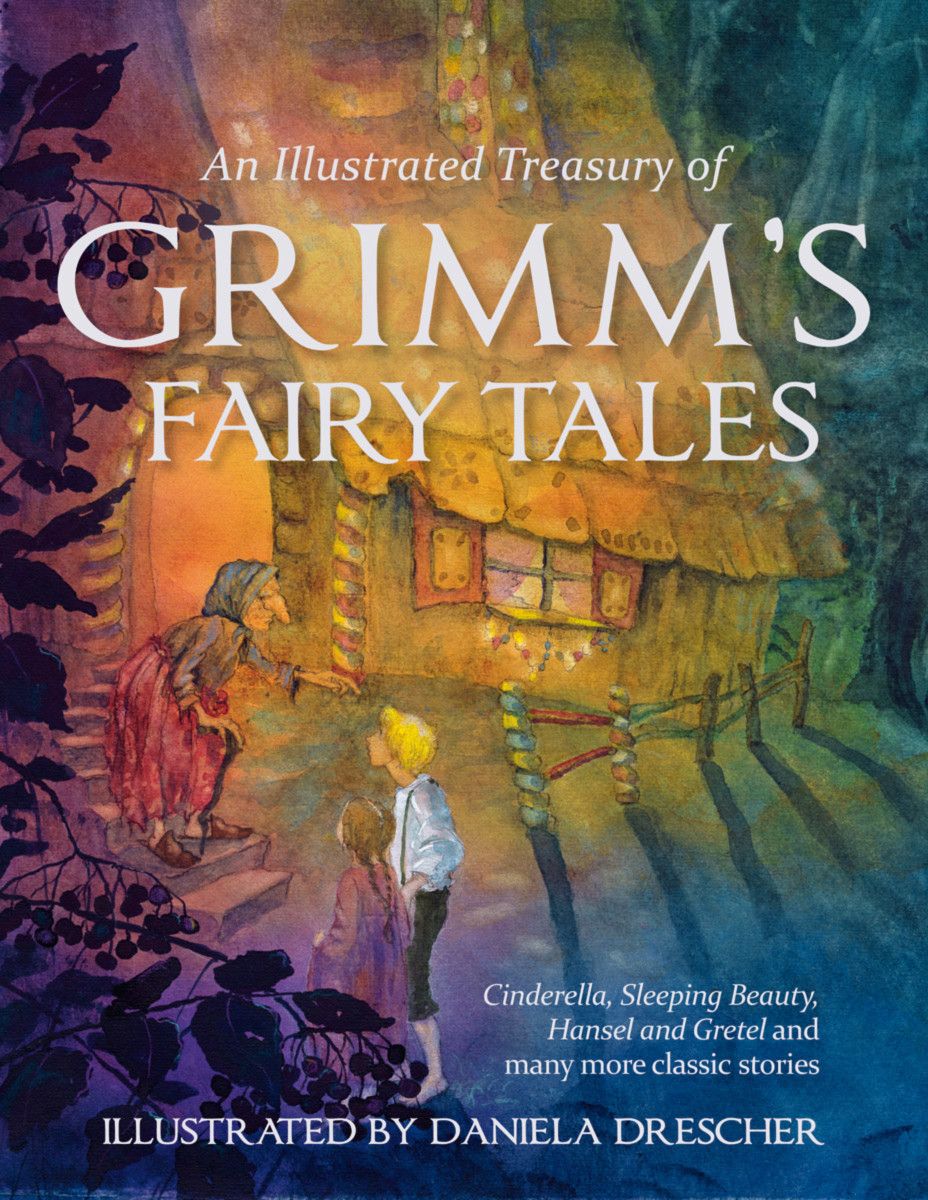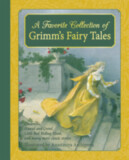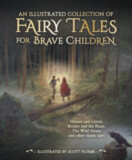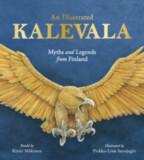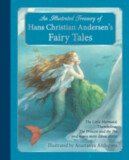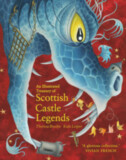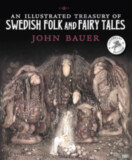An Illustrated Treasury of Grimm's Fairy Tales
Cinderella, Sleeping Beauty, Hansel and Gretel and many more classic stories
- Publisher
Floris Books - Published
8th May 2013 - ISBN 9780863159473
- Language English
- Pages 208 pp.
- Size 8.75" x 11.25"
Two hundred years ago, the Brothers Grimm published their famous collection of folk tales, including these thirty much-loved stories of helpful elves; giants who can see into the next land; foolish but goodhearted lads; princesses with golden hair; faithful servants and wicked queens.
This sumptuously illustrated collection of essential Grimm classics includes stories every childhood needs: “The Princess and the Frog,” “Little Red Riding Hood,” “Sleeping Beauty,” “Cinderella,” “Rumpelstiltskin,” and many more.
Each tale is brought to life with radiant, faithful pictures from Daniela Drescher, one of Germany's best-loved illustrators, which are sure to fire any child's imagination.
(Ages 5 to 11 years)
“[To illustrate Hansel and Gretel] Daniela Drescher offers a single, colorful painting of the children meeting the witch in front of a gingerbread house that seems to glow from without and within—a subtle prefiguration, perhaps, of the fiery oven into which Gretel will eventually push her captor. Ms. Drescher's paintings in this traditional and satisfying compilation of 30 Grimm tales put emphasis on the enchanted aspects of the folklore rather than the fear or the gore.”
—The Wall Street Journal“This is a large, elegant, hardback book full of favorite fairy tales such as Rumpelstiltskin, Cinderella, and Snow White and the Seven Dwarfs as well as lesser-known tales such as Mother Holle. Daniela Drescher's beautiful watercolor illustrations are both ethereal and detailed. This would make a wonderful gift to be treasured by all generations.”
—Juno Magazine'This collection from the Edinburgh based Floris Books is exceptional. The publishers' commitment to “high quality production values is realized in a robust, large format book with clear text setting. Drescher's delicate but vivid illustrations consist of full- and half-page paintings for each of the 30 selected stories, punctuated by pencil sketches and silhouette motifs. The paintings are in the magical romantic tradition, depicting vulnerable women and children, for the most part, confronting natural and supernatural terrors.... This is an invaluable collection, which re-imbues these seminal narratives with much of their thought-provoking and talk-provoking vividness.”
—Books for Keeps“Children's Book of the Month: ...the stories are exquisitely and evocatively illustrated, adding a new, luminous dimension to their enchantment. A book to treasure forever.”
—Cygnus Review
C O N T E N T S:
1. The Princess and the Frog
2. The Wolf and the Seven Little Goats
3. Brother and Sister
4. Rapunzel
5. The Three Little Men in the Wood
6. Hansel and Gretel
7. The Fisherman and his Wife
8. Cinderella
9. Mother Holle
10. The Seven Ravens
11. Little Red Riding Hood
12. The Town Musicians of Bremen
13. Puss in Boots
14. Sleeping Beauty
15. Snow White and the Seven Dwarfs
16. Rumpelstiltskin
17. The Two Brothers
18. The Golden Goose
19. Jorinda and Jorindel
20. The Goose Girl
21. The Two Kings’ Children
22. The Clever Little Tailor
23. The Four Skilful Brothers
24. One-Eye, Two-Eyes, Three-Eyes
25. The Star Money
26. Snow White and Rose Red
27. Strong Hans
28. The Hut in the Forest
29. The Shoemaker and the Elves
30. The Goose Girl at the Well
Jacob and Wilhelm Grimm
Jacob and Wilhelm Grimm were born in the 1780s in Hanau, near Frankfurt in Hesse. They were among a family of nine children, six of whom survived infancy. During their early childhood, both their father and grandfather died, leaving the children and their mother to struggle in reduced circumstances. During their early twenties, the two brothers began linguistic and philological studies, which would culminate in both Grimm's Law and their collected editions of fairy and folk tales. Their collections of tales became immensely popular, though the brothers' main goal was linguistic research. After running afoul of King Ernest Augustus I, the brothers were fired from their university posts and exiled. However, the next year, the two were invited to Berlin by the King of Prussia, and both settled there. Wilhelm died in 1859; his elder brother Jacob died in 1863.


